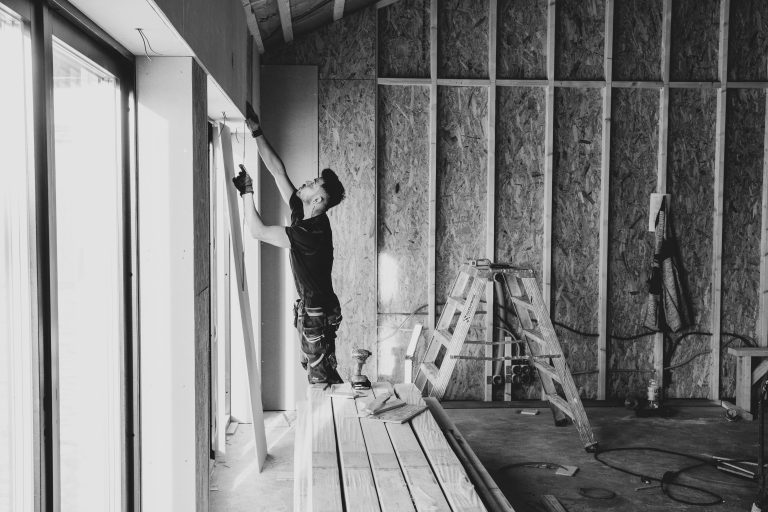The Seller Hid It. Now What
Recently, a homeowner reached out to me after closing on a property saying that the seller hid a defect. They discovered that the garage floods every time it rains. On the seller disclosure form, the seller had specifically stated that the structure had never taken on water. However, once confronted, the seller admitted through text that the issue had occurred a few times. This situation is unfortunately far too common. During my years selling real estate, I received calls like this several times each year. The frustration is real, and so is the question: what do you do next.
Start With the Seller Disclosure Form
The very first thing I always recommend is to review the seller disclosure form in detail. You want to verify two things.
First, was the issue disclosed at all. Sometimes buyers forget details after the stress of closing, so it is important to review the actual form.
Second, was there even a question on the form that covered the defect you discovered. In some cases, the form may not have asked specifically about the issue you are now dealing with. For example, many disclosure forms may not directly ask about yard flooding or minor water intrusion. This can create a gray area.
Also keep in mind that in some states seller disclosures are not legally required. In those areas, sellers may not have had any obligation to disclose issues, although it is always good practice to be transparent.
Do Not Call a Lawyer First
When people discover a hidden defect, their first instinct is often to call an attorney immediately. In most situations, I advise waiting before taking that step. Instead, focus first on understanding the financial impact of the issue.
Get Repair Estimates
Before you make any demands, you need to know exactly how much it will cost to fix the problem. Contact reputable contractors and obtain written estimates. Whether the cost is $2,000 or $20,000, you will want hard numbers. These estimates will become essential when you contact the seller.
Send a Demand Letter to the Seller
Once you have your repair estimates, you can draft a letter directly to the seller requesting reimbursement for the repair costs. This letter should be clear, factual, and professional. Many sellers may choose to settle at this point, especially when presented with solid documentation and a reasonable request. The goal is to resolve the matter quickly and privately without involving attorneys or courts.
When to Involve an Attorney
If the seller refuses to engage or denies responsibility, the next step would be to have an attorney draft a formal demand letter. In my experience, this usually costs around $500. The seriousness of receiving a legal letter often motivates the seller to negotiate.
However, I always caution clients to be very careful about escalating beyond this step. Lawsuits are expensive, time consuming, and emotionally draining. In most cases, pursuing legal action beyond an attorney letter will cost you more than you stand to recover.
You May Have Some Evidence
In this particular situation, the buyer had a text message in which the seller admitted that flooding had happened before. This may help support the claim. That said, even written admissions do not automatically guarantee a win in court. Judges evaluate many factors, including whether the seller intentionally misled the buyer or simply made a mistake.
Stay Calm and Focused
Finding out about a hidden defect after buying a home is upsetting. You feel blindsided and frustrated, but the key is to stay calm and approach the problem step by step. Get the facts. Document everything. Attempt a resolution directly with the seller. Bring in an attorney only if absolutely necessary.
Always Budget for the Unexpected
As difficult as this situation is, it serves as a reminder that homeownership always comes with unexpected repairs. This is why I recommend all homebuyers have financial reserves available at closing. Even with the most thorough inspections and disclosures, surprises still happen.
Final Thoughts
When you discover that the seller hid a problem, you have options. Start with a careful review of the disclosure form. Get professional repair estimates. Try to work it out with the seller directly. In many cases, that approach leads to a resolution without expensive legal battles.
If you are facing a situation like this and need guidance, feel free to reach out. I am always happy to help review your options or connect you with trusted professionals who can assist.







